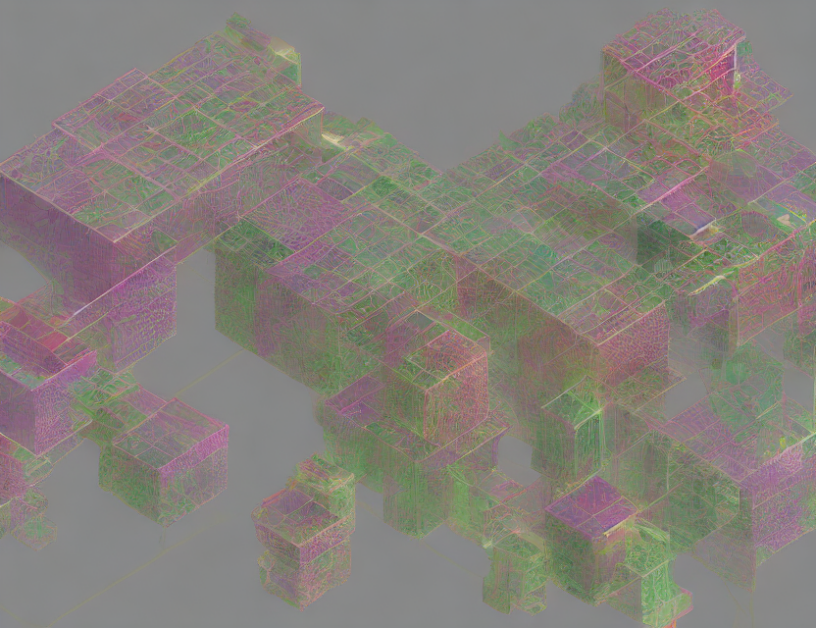In this article, we explore the use of dilation symmetry in artificial neural networks (ANNs) to improve their approximation precision. ANNs are mathematical models that mimic the human brain to learn and approximate complex functions. However, existing methods for training ANNs have limitations, especially when dealing with large distances between training data points and new input data.
To address this challenge, we propose using dilation symmetry in ANN design. Dilation symmetry refers to the idea of mapping inputs to outputs through a set of linear transformations while preserving their structure. By applying this technique to ANNs, we can create a homogeneous ANN that has the same dependence on parameters as a conventional ANN, but with improved approximation precision.
The article demonstrates the effectiveness of dilation symmetry in improving the approximation precision of ANNs through theoretical analysis and numerical examples. The author emphasizes that while existing learning algorithms are applicable to homogeneous ANNs, the goal of this paper is to demonstrate the potential advantage of using dilation symmetry in ANN design.
The article concludes by highlighting the significance of understanding the limitations of ANNs and exploring new techniques to improve their approximation precision. The author notes that while the study of dilation symmetry in ANNs is beyond the scope of this paper, it represents an exciting area of research with potential applications in various fields.
In summary, the article explores the use of dilation symmetry in ANNs to improve their approximation precision and demonstrates its effectiveness through theoretical analysis and numerical examples. The author emphasizes the importance of understanding the limitations of ANNs and pursuing new techniques to enhance their accuracy.
Computer Science, Machine Learning
Improving ANN Approximation with Homogeneity Transformations



